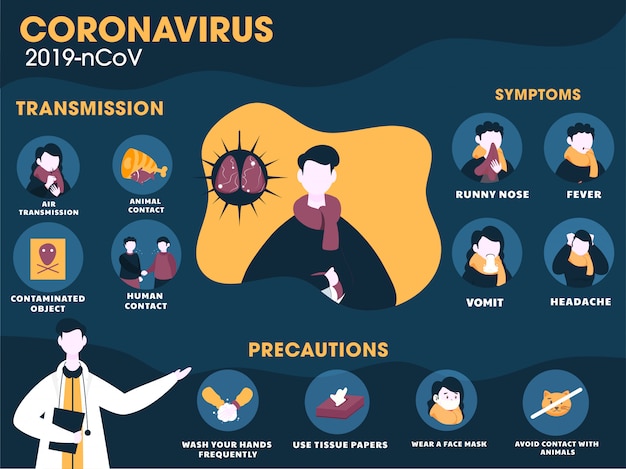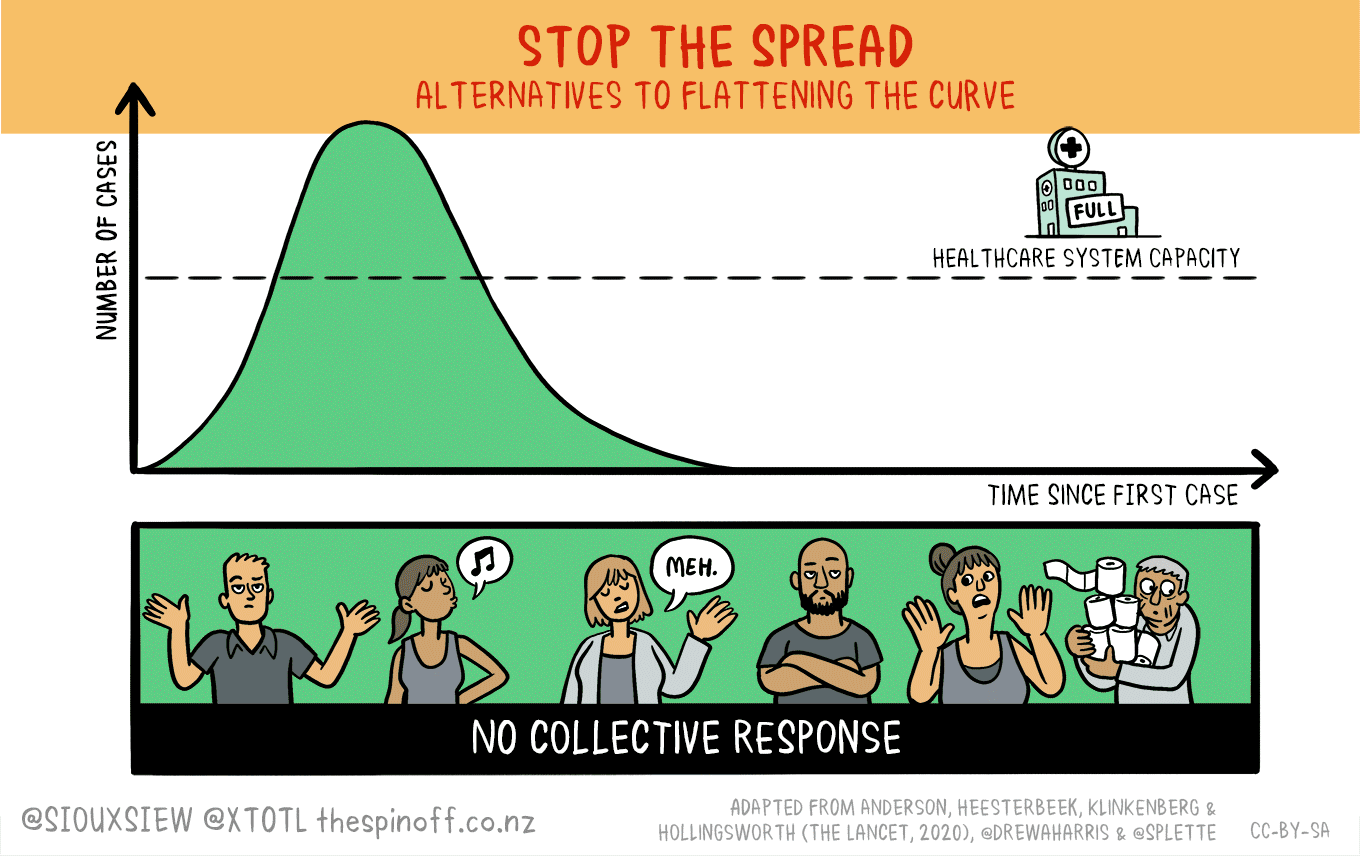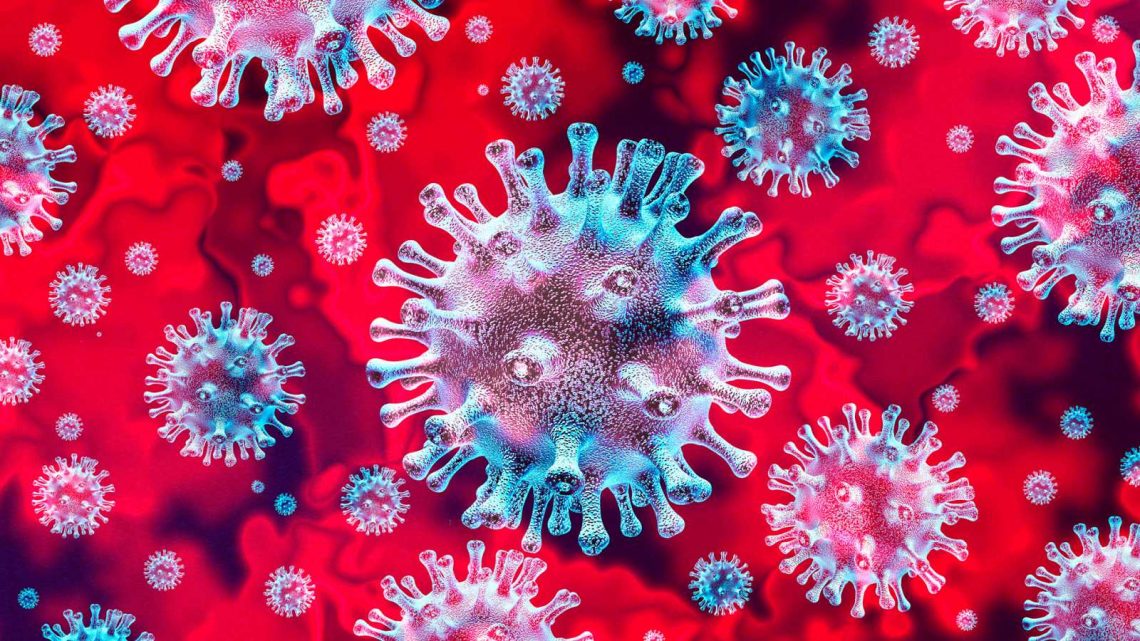The Covid-19 pandemic has shown that the virus is omnipresent and claims many victims among the most vulnerable populations. This pandemic is a wake-up call for countries that have ignored the warnings of leading researchers about the inevitability of pandemics. No country has heeded these warnings.
The researchers in basic sciences, by their hard and assiduous work, are responsible for deciphering the molecular mechanisms of various diseases, including those covered by the virus. Once again, the scientists from all over the world, in the space of a few months and weeks, identified the genetic and molecular components of the novel coronavirus (SARS-CoV-2) and reliable and rapid methods for its detection and evaluation of its virulence in humans. These fundamental studies, summarized here, testify to a community spirit among researchers from all countries that transcend national borders. They are united to defeat the pandemic.
Several articles published in the most prestigious scientific journals have made it possible to establish the means and define the directions to be taken in the short term to counter the progression of the disease, as well as the strategy to be followed to put in place effective treatment plans.
Table of Contents
What do we know about the new microscopical enemy?
The SARS-CoV-2 coronavirus (also known as 2019-nCoV) responsible for the Covid-19 pandemic, cause infections by entering the lungs. Viruses infect our bronchi in the form of droplets generated by an infected person by coughing or sneezing. In the lungs, the virus, which is made up of a crown covered with proteins, attaches to certain protein receptors on the surface of lung cells. This process allows the genetic material of the virus to enter cells. The viral genetic material then takes control of the molecular machinery of our lung cells to multiply into many copies that infect other cells. Coughs spread the virus from person to person. Without a vaccine or medication to fight this viral infection, we have to rely on our immune system to fight the virus; this is why the chronically ill and the elderly who have weakened immune systems are most at risk.

Scientists in Wuhan, China – where the virus originated from – characterized the genetic sequence of the new virus extracted from the lungs of their patients. They found that SARS-CoV-2 uses the ACE2 receptor on human lung cells for infection. The same receptor was used by the virus that caused the SARS epidemic in 2002. They used this characteristic to develop a molecular diagnostic method to follow the viral infection and determine its duration in patients. These researchers have also identified antibody products that patients use to fight the virus and eliminate it. Thanks to the open and rapid global communication of these findings, further discoveries followed by other scientists in China and by two groups of researchers concentrated in the United States, Texas, and Seattle.
In record time, these different groups were able to visualize the protein on the surface of the spines and its ACE2 receptor in 3-D at an atomic resolution level. Their results made it possible to characterize the mechanisms used by the virus to infect our cells. The Seattle group made another discovery: They identified a mutation in the new virus that differs from the 2002 SARS coronavirus. Scientists from Germany and Austria have focused their efforts on identifying how the spine protein is recognized by lung cells to allow viral entry. Their work found a potential drug that blocks the entry of SARS-CoV-2 into lung cells.
https://twitter.com/NPR/status/1320755186206445568

A non-stop work to find a cure to the deathliest pandemic in recent history
These fundamental discoveries of the molecular processes associated with the infection have led to the establishment of an effective strategy that is used in the manufacture of vaccines, antibodies, and antiviral drugs. Another article published in the journal Science highlights the great challenge that Covid-19 represents for public health. A collaborative study between researchers in the United States, Italy, and China found that restricting travel was effective only when combined with rigorous traveler quarantine protocols.
The Canadian Institutes of Health Research (CIHR), a health research funding agency, has launched a rapid grant program to support coronavirus research. Canada may consider conducting additional research on health crises associated with recurrent viral pandemics.
For example, the new findings described by the Seattle group above on the new spike protein mutation in the SARS-CoV-2 virus relate to the work of a Canadian researcher, Nabil Seidah, director of the biochemical neuroendocrinology laboratory at the Montreal Clinical Research Institute (IRCM). Dr. Seidah is an internationally renowned expert in the study of a class of enzymes called protein convertases, of which furin is one. Furin is the enzyme that recognizes the mutation in the protein in spines that was discovered by the Seattle group. In collaboration with French researchers, Professor Seidah has shown that furin could attack the new coronavirus responsible for Covid-19. Canada is fortunate to have among its researchers one of the world’s foremost experts on this class of enzymes.
Molecular biologist Nahum Sonenberg is another researcher whose findings form a fundamental basis in the development of new therapeutic approaches to counter several viruses, including SARS-CoV-2. Professor Sonenberg revolutionized the study of viruses by discovering how they cooperate with the machinery of our cells to make their proteins. His discovery allowed researchers in Texas to develop a drug currently in clinical tests to fight all strains of the influenza virus.

So, to maximize our chances of winning this fight against Covid-19, it is vital to maintain vigorous and ongoing funding for our researchers. A new finding has conclusively shown that the action of the enzyme furin on SARS-CoV-2 is essential for allowing viral entry into human lung cells in the laboratory and that furin is a potential target for intervention therapeutic.
Another finding highlighted the importance of co-opting the machinery to make new proteins by SARS-CoV-2 with an identified drug that targets the infected cell-specific protein synthesis initiator factor known as of eIF4A. The drug inhibited viral entry into monkey cells in the laboratory. These two recent discoveries are linked to the fundamental research of Professors Seidah and Sonenberg. It is therefore essential that the international community allow these world-class researchers to have access to all the financial and logistical means to support their work; for example, by giving them access to the various existing CIHR funding programs. It is not in the world’s interest to limit the research resources of our most talented researchers when such serious health and disease issues emerge.
The difficult task of communicating science to the public
Usually, politicians try to reassure us that they consult the experts, follow their advice, and that the situation is under control. But it must be recognized that in recent years this position has become more and more difficult to maintain. Unconditional trust in science, which is used to justify decisions, has been blunted. It gradually gives way to doubt or even suspicion and in some cases disbelief.

In science, it is always advisable to start by doubting, then confront and ruthlessly discuss the hypotheses and the results obtained, to have any chance of reaching a consensus. In order, at the end of this tortuous path, to have the right to say: “Global warming is certainly an irreversible phenomenon”; then to add without fear of being denied “that it is mainly due to human activities”.
When Jean-François Delfraissy, the president of the scientific committee advising the French government, declared: “We do not understand why children are more resistant to infection” or even: “We cannot explain why some infected and cured carriers are likely to contract the disease again ”, no one disputes such statements of ignorance.
Listening to this great scholar, those familiar with the inside world of the closed world of research may have had the feeling that, in prime time, scientists were inviting the public to one of their meetings. At one of these discussions, usually held in the confined space of labs, during which researchers collectively develop their research projects for the months or years to come. Their agenda is to define the questions they wish to answer, to draw up the state of international knowledge, and to take stock of their shortcomings by insisting on what they would first like to know, then on this basis, to justify the means requested. And all this without any obligation of results!

If, as they debate these questions out of sight, laymen entered these scholarly circles, they would be horrified to discover a chaotic world riddled with uncertainty. These meetings, where we consider projects without a fixed goal and without being sure that we have chosen the right path, are essential moments for researchers when they decide to investigate what they do not know. still but which they would absolutely like, for a thousand good reasons, to understand. Closed doors allow them to work in peace, to take their time, to start their experiences again as often as necessary. This isolation, a guarantee of serenity, began to give way for several decades. Patient associations, such as those bringing together muscular dystrophy or people with HIV, or associations bringing together residents who experience toxic releases from chemical factories, have contributed to what can be called the gradual de-containment of research, that is to say, its openness to human and social dimensions. The blows carried by the Covid-19 amplify this movement.
Of course, there is nothing unusual or new about such forays into public space. Whether we are viewers, listeners to radio stations, or readers of newspapers and magazines, we are accustomed to seeing scientists with prestigious titles come and go on television sets and read the columns they sign. Since Pasteur and the dramatic suspense, he orchestrated in Pouilly-le-Fort, the public has grown accustomed to hearing scientists announce resounding discoveries. But for them to speak out to confess their ignorance is a rarer phenomenon.
The current (partial) de-containment of specialists confirms the emergence of a new way of conceiving research on subjects for which existing practices show their limits. The laboratory has become a place too isolated and too cut off from all the people who could actively participate in the work of researchers. Field surveys widely practiced in certain disciplines, such as earth sciences and their geological explorations or agronomy and its experimental farms, only prolong the laboratory work by installing it outside and on a larger scale. This extension sometimes takes place by recruiting collaborators, research assistants who are not professionals but rather enlightened amateurs and who participate, for example, in counting wild birds or in astronomical observations.

The Covid-19, through the problems and questions it poses, shows the limits of the forms of organization of research in which scientists are the only and indisputable masters of the game. Usually, it is researchers who strictly determine the protocols to be followed and the experimental methods; usually, they are the ones who neutralize, as far as possible, anything that is likely to interfere with and bias their work; usually, they are the ones who take stock of what we know and what we do not know, without inviting laymen to share their thoughts.
This requirement, to which we owe irreplaceable contributions, is at its peak with so-called “double-blind” study. Their principle is that no one should know, in which group this or that patient is included. In this model, the light should not be shared: it is necessary to blind to know better. There is no question of abandoning this strategy because it has shown and continues to demonstrate its effectiveness. But it is no longer enough. It asks to be enriched and completed. To participate without saying a word is not really to participate.
For the first time in history, the objective assigned to the collective formed by researchers and the population is a mathematical operation. It is about transforming the sharp curve of Covid-19 cases, whose sharp tip is likely to lead to tens of thousands more deaths and saturation of our hospital system, into a less steep curve. We are asked to imagine the right behaviors to avoid the concentration in time and space of contamination.

This is not quite the first time, although it is still very rare, that modelers have taken center stage and exposed some of the elements of their algorithms. The climate change crisis has given rise to a proliferation of models, curves and strategic variables that are now easily accessible and which specialists claim are robust and that their usefulness is undeniable. And it was only very recently, on the occasion of the organization of the climate conference, that ordinary citizens were invited to participate in the discussion of some of their hypotheses without being able to appreciate the effects of their recommendations.
France has 'lost control' of coronavirus, doctor warns, as Europe wrestles with big second wave https://t.co/yGTt58gfDl
— Los Angeles Times (@latimes) October 26, 2020

